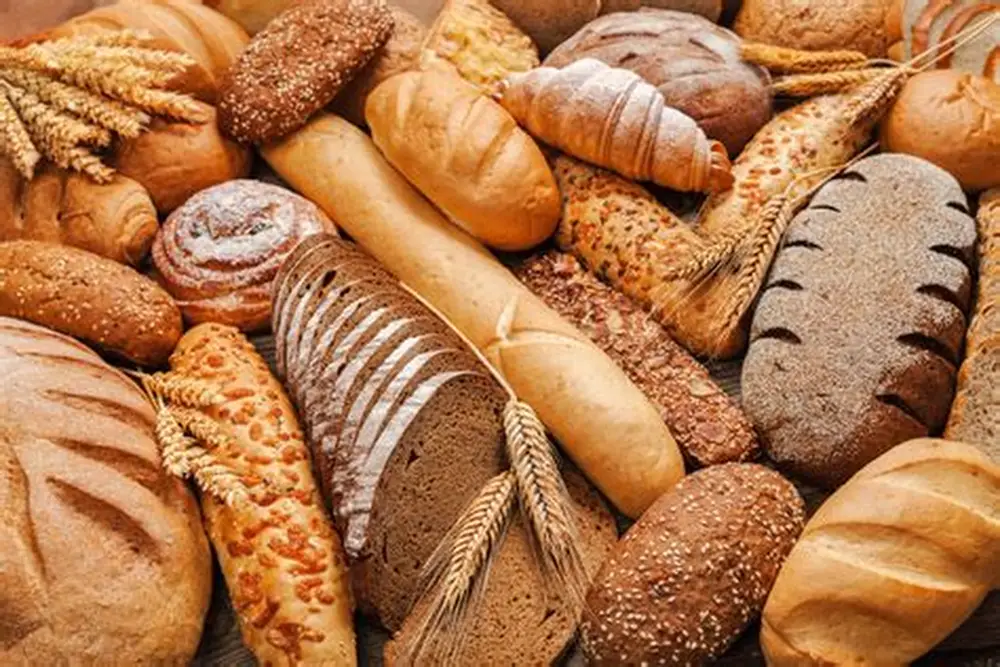Let’s be real—standing in front of the bread aisle can feel like a pop quiz you did not prepare for. Whole wheat, multigrain, sprouted, enriched, white… the list goes on and on, and each box is screaming for your attention, promising health and goodness. But choosing the healthiest bread is not just about calories or flavor—it’s about understanding what’s actually in each slice.
The age-old argument is whole wheat versus white bread. The distinction begins with the grain. Whole wheat bread uses flour that retains all three components of the wheat kernel: the bran, germ, and endosperm. That means it retains more nutrients and fiber. White bread, by contrast, uses refined flour, which strips away the bran and germ, leaving mostly starchy endosperm. Some white breads contain added vitamins and minerals, but they’re still lacking the natural fiber and nutrients of whole wheat.
Fiber is the true hero of whole wheat bread. It’s what keeps you satiated, promotes healthy digestion, and helps keep blood sugar levels steady. A slice of whole wheat bread typically has 2 to 4 grams of fiber, while white bread has less than 1 gram. That added fiber isn’t just for routine digestion—it can help reduce cholesterol levels, lower the risk of heart disease, and even aid in weight control. Whole wheat bread also contains more protein, with approximately 5 grams per slice versus 2 to 3 grams in white bread. That additional protein keeps you feeling fuller and promotes muscle and bone health.
But that’s only the beginning when it comes to whole grains. Whether in bread, rice, or cereal, whole grains contain vitamins such as B1, B2, B3, and B9, minerals like iron, magnesium, and selenium, and plant phytochemicals with antioxidant and anti-inflammatory properties. Increased consumption of whole grains has been associated with reduced risks of heart disease, stroke, type 2 diabetes, and some cancers, notably colorectal cancer. They also support healthy gut function by providing fiber to feed good bacteria and to lower inflammation.
So how do you know you’re getting the real thing? The bread aisle is a trickster. Phrases like “wheat,” “multigrain,” or seven-grainn” sound great, but if it doesn’t say “100% whole wheat” or “100% whole grain,” you could be getting mostly refined flour. Always read the ingredients—whole wheat or another whole grain must come first. If you look at “enriched” or simply “wheat flour” without a percentage, return that loaf to the shelf. Wheat flour, according to dietitian Laura Jeffers, often contains only white flour with a little bit of whole wheat added to it.
There are other breads to consider. Sourdough, for instance, is fermented naturally, making it easier to digest and potentially delivering positive probiotics. Sprouted grain bread employs grains that have sprouted, which can enhance nutrient uptake and digestibility. Rye bread is another good option—it contains more fiber and a lower glycemic load than bread made from wheat, which can help balance blood sugar.
Bread is not for everyone. Individuals with certain intestinal problems, such as Crohn’s disease, ulcerative colitis, or irritable bowel syndrome, can tolerate white bread more easily because it is lower in fiber. Following some operations, a short-term low-fiber diet is sometimes prescribed. And if you suffer from a wheat allergy or gluten intolerance, you’ll require substitutes entirely.
For acid reflux or hiatal hernia sufferers, whole-grain breads typically are the better choice since they’re high in fiber and gentle on the digestive system. Everybody is unique, however, so using a food diary can assist you in determining which breads suit your individual needs.
Bread can totally be part of a healthy, balanced diet. The trick is moderation and variety. Don’t stick to a single type of bread—combine oats, quinoa, brown rice, and other whole grains to get a broader spectrum of nutrients. Be wary of added sugars, which can creep into even the healthiest-looking loaf.
For meal ideas, try avocado toast on whole wheat, a turkey sandwich loaded with veggies, or sprouted grain bread with nut butter and fruit. These options give you fiber, protein, and healthy fats to keep you full and energized.
It’s not about selecting the hippest loaf—selecting the healthiest bread is about knowing what’s in it and how it contributes to your diet overall. With a bit of label-reading savvy and a commitment to whole grains, you can make bread a healthy part of your daily routine.
